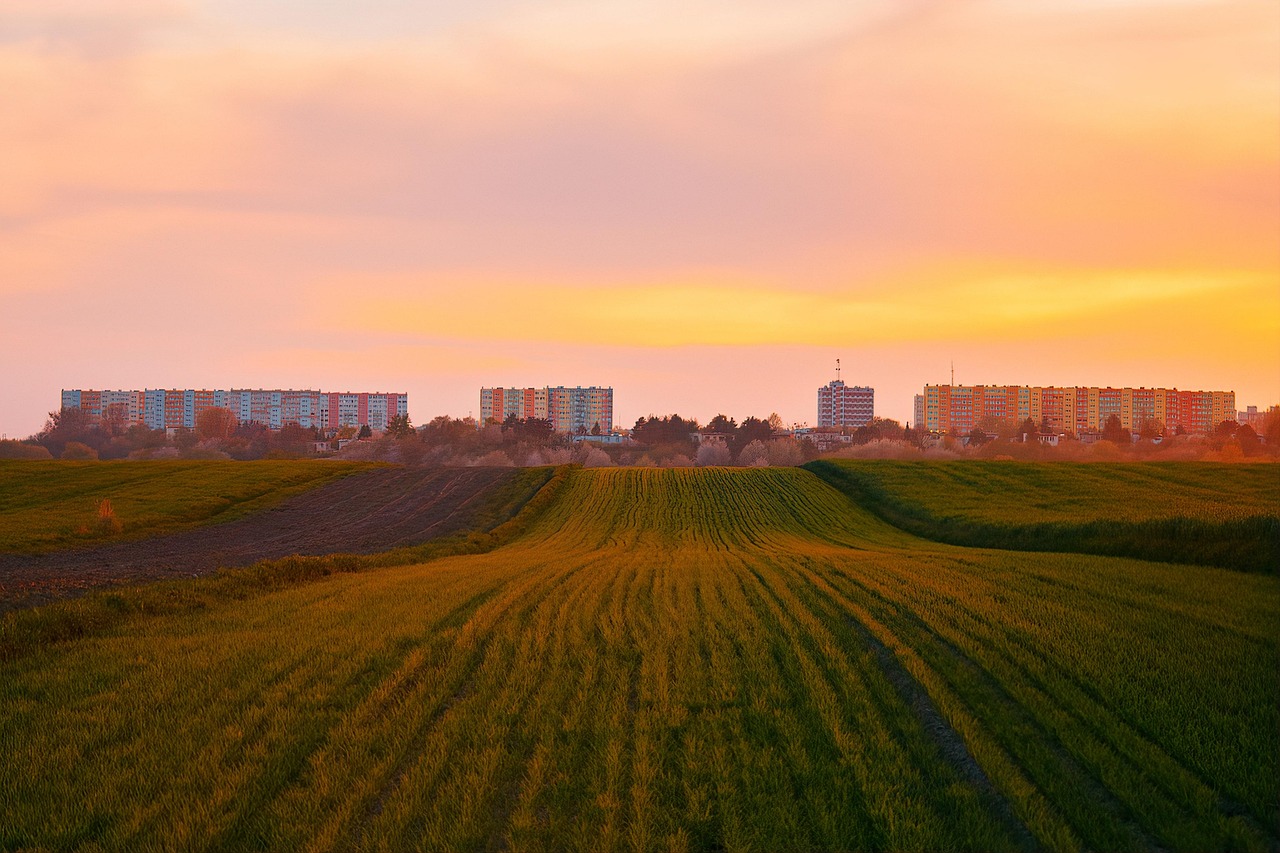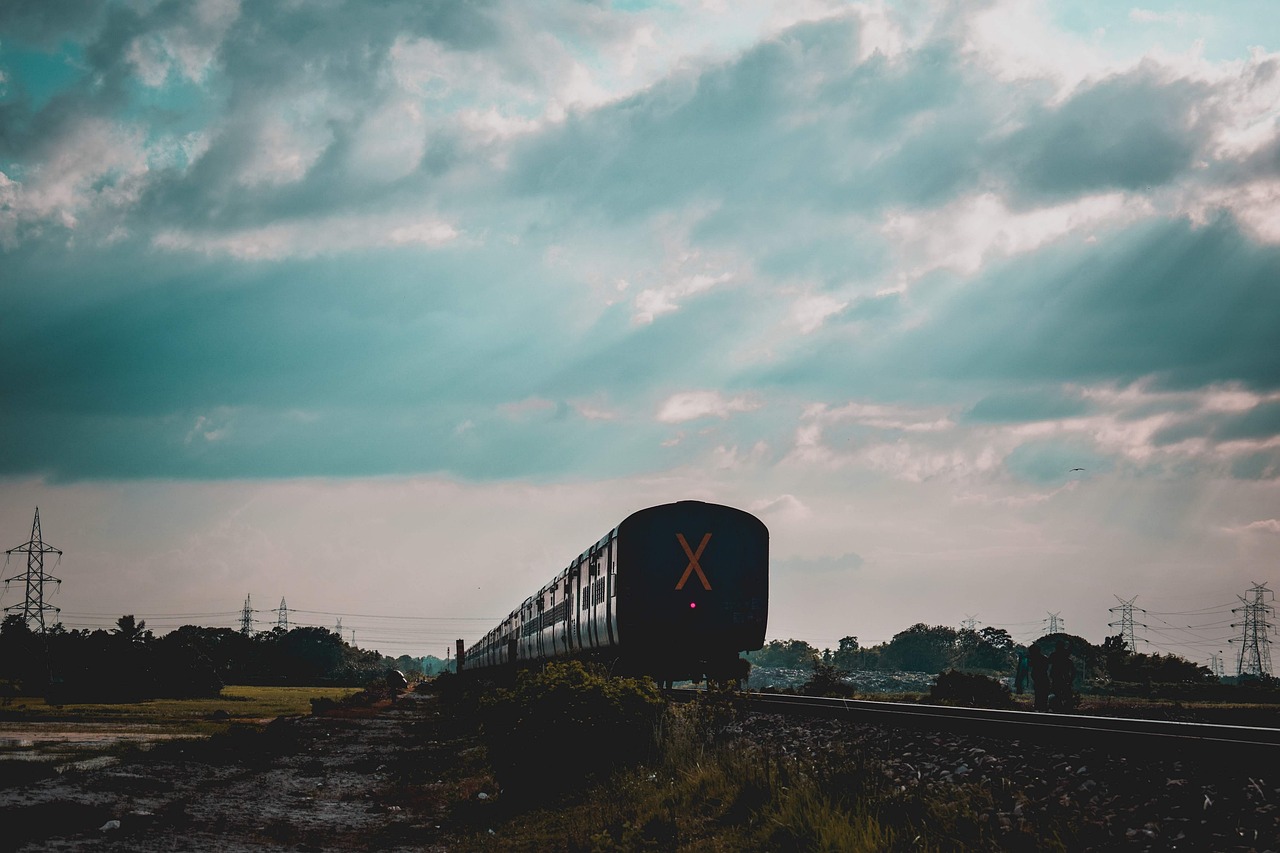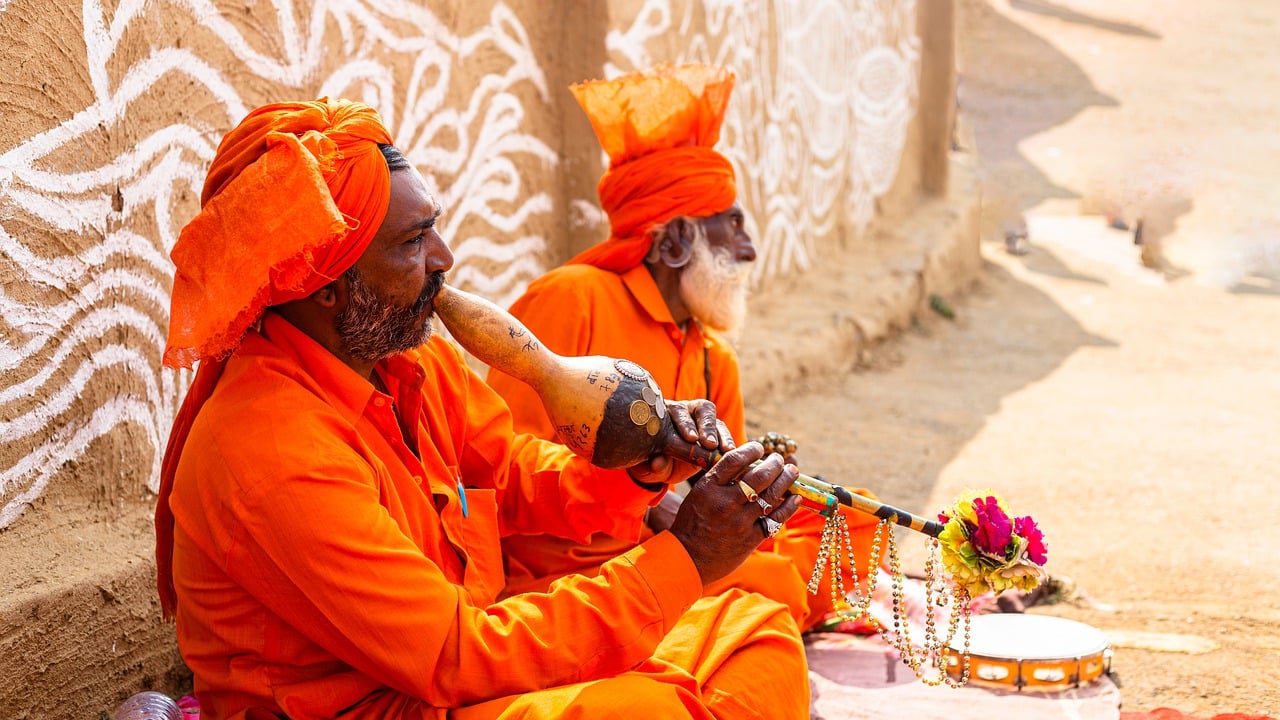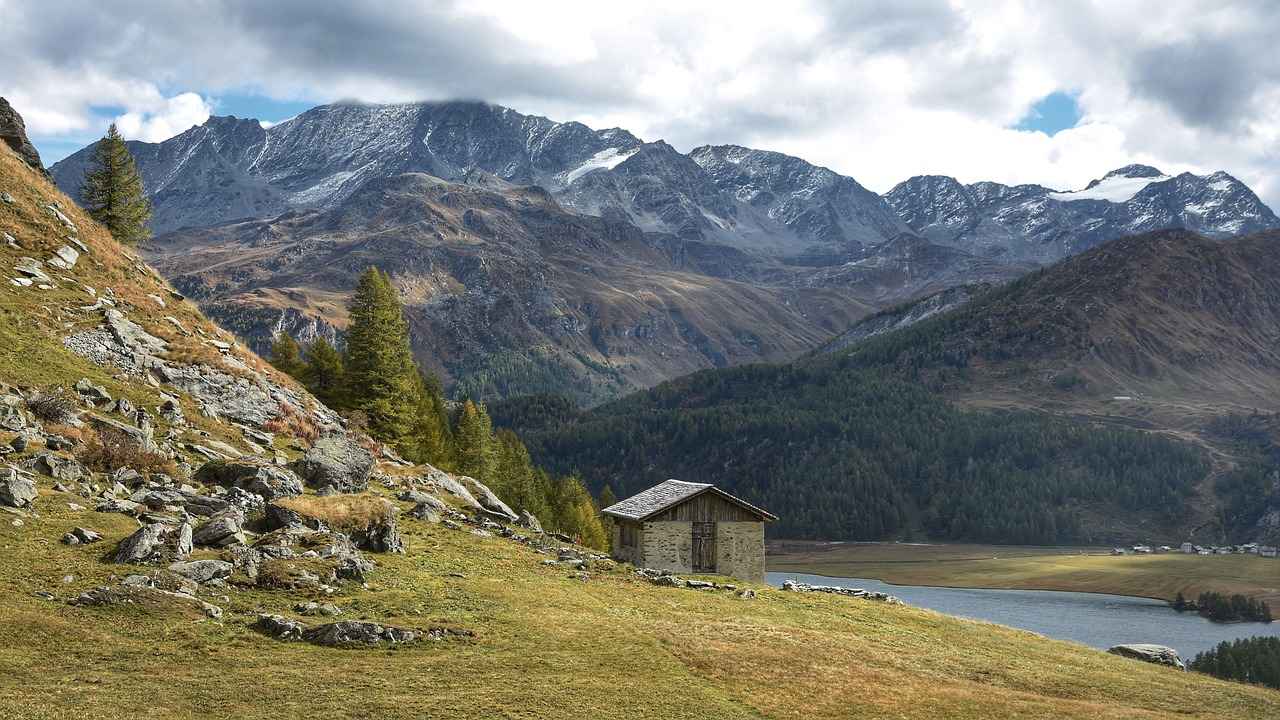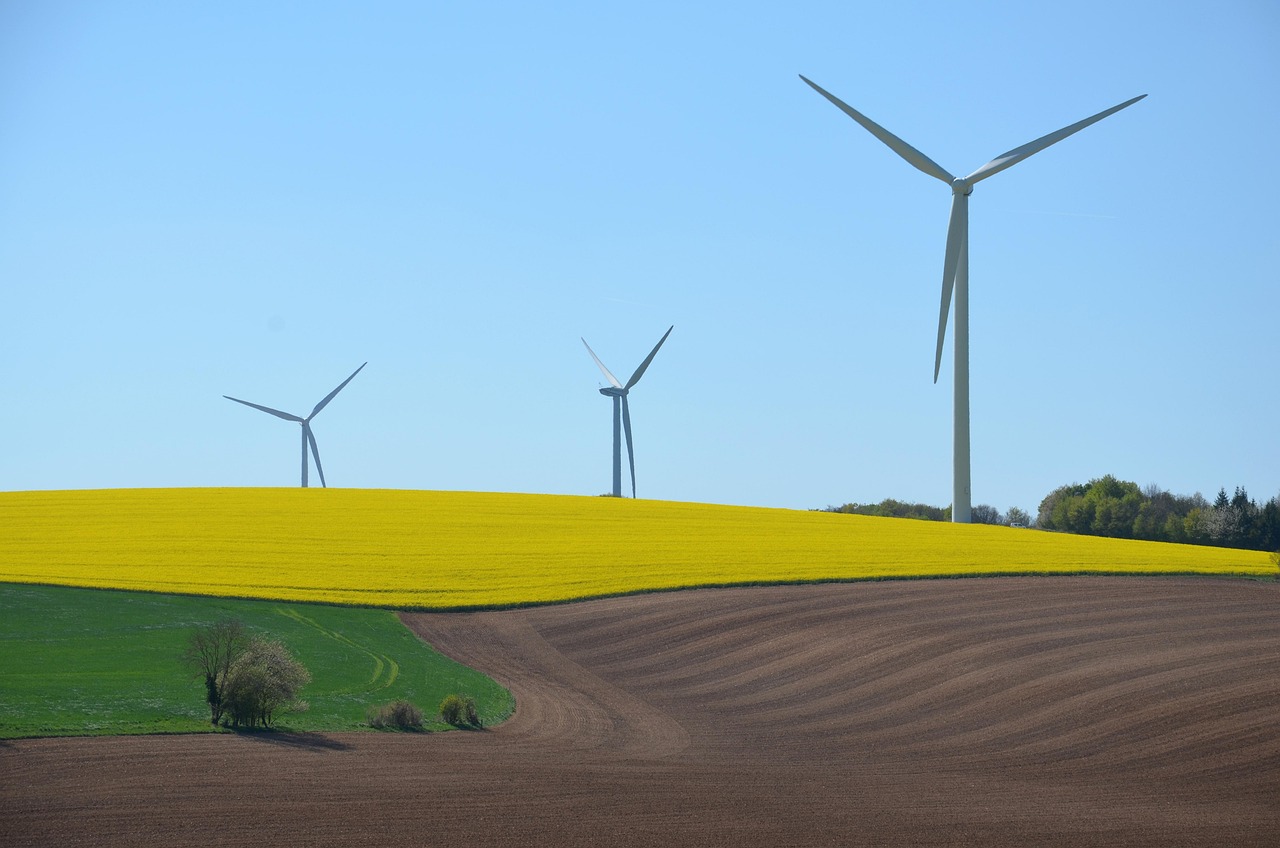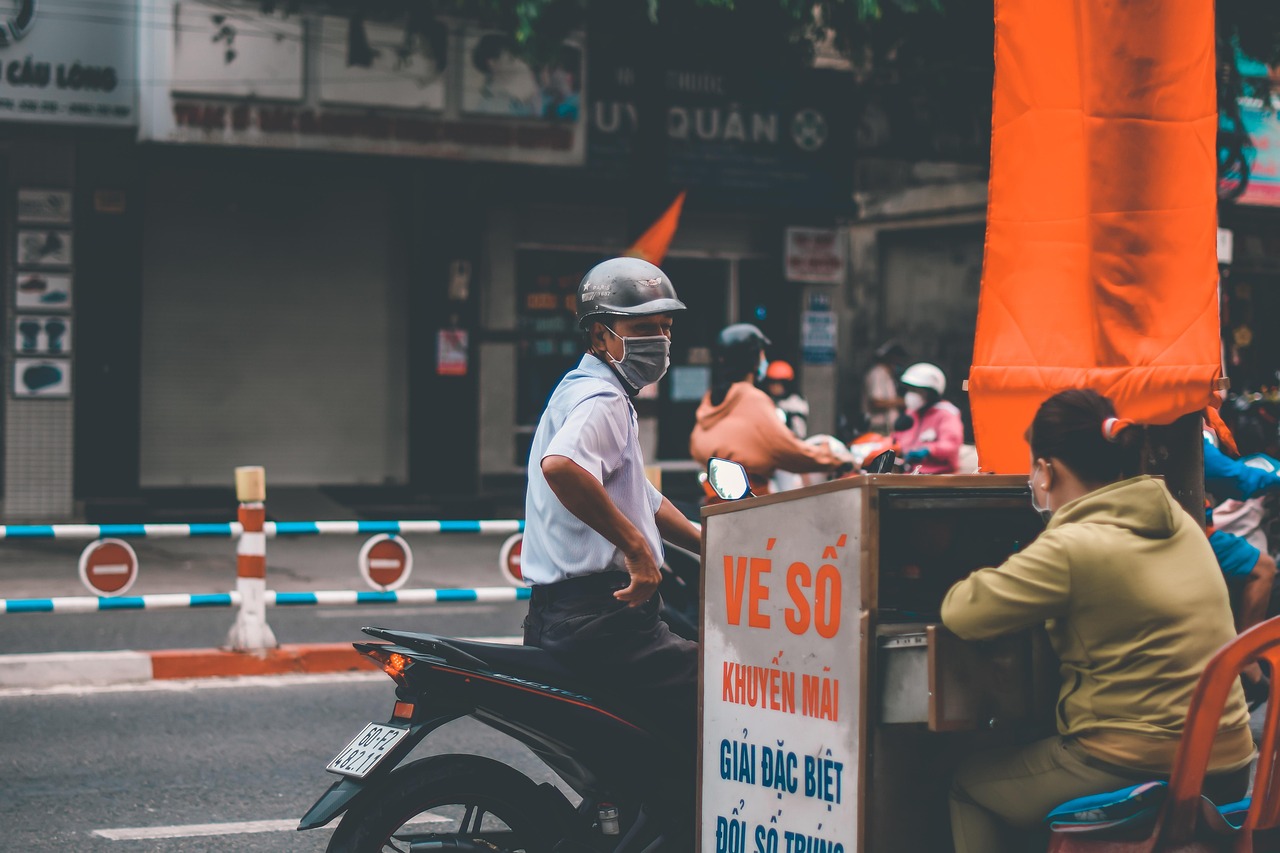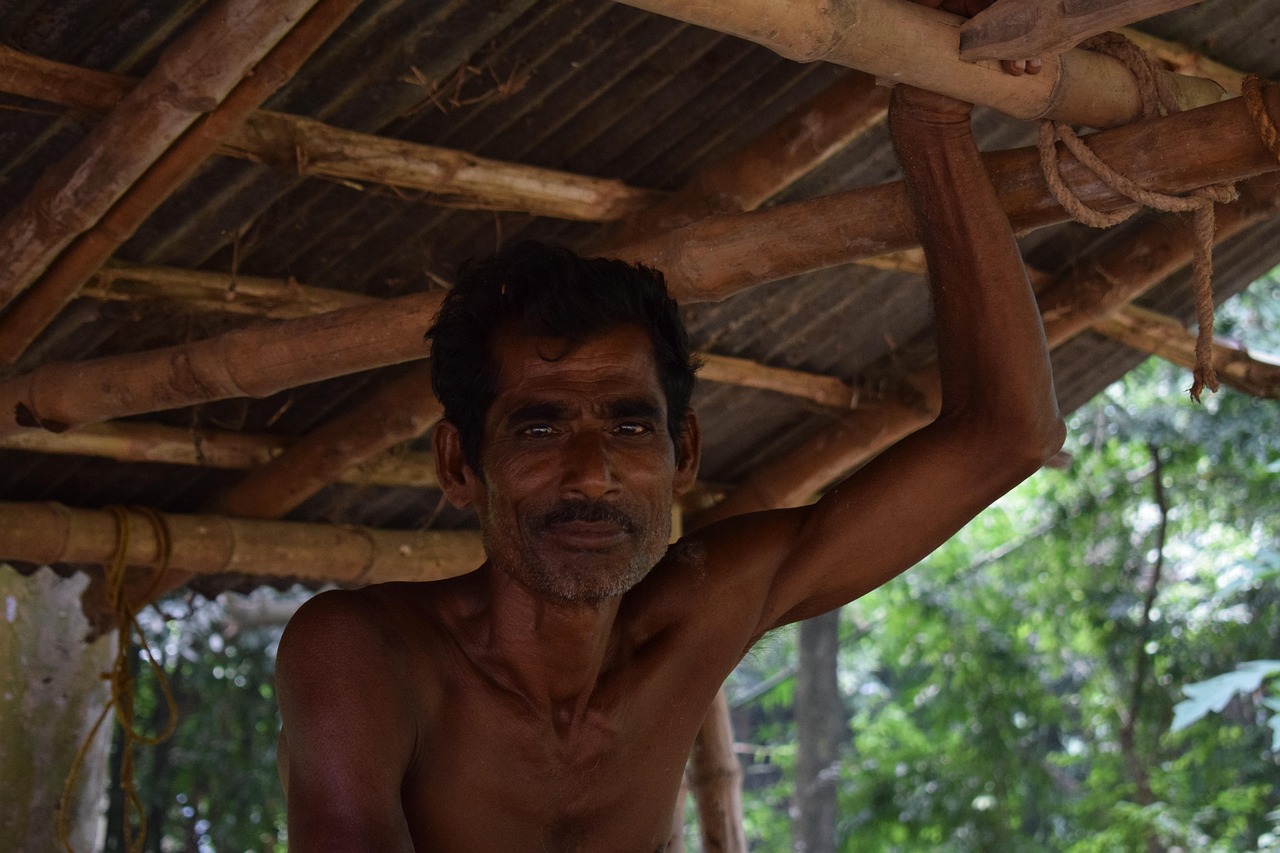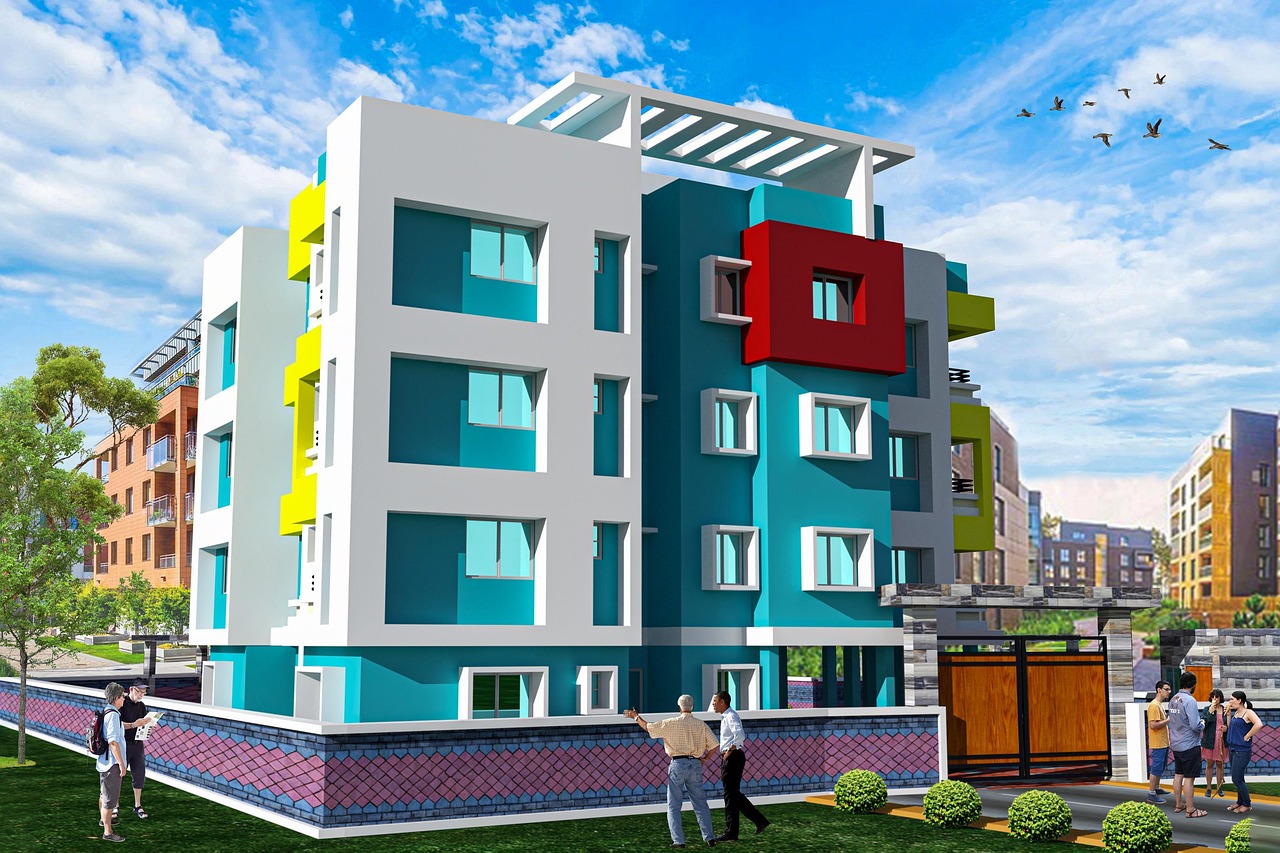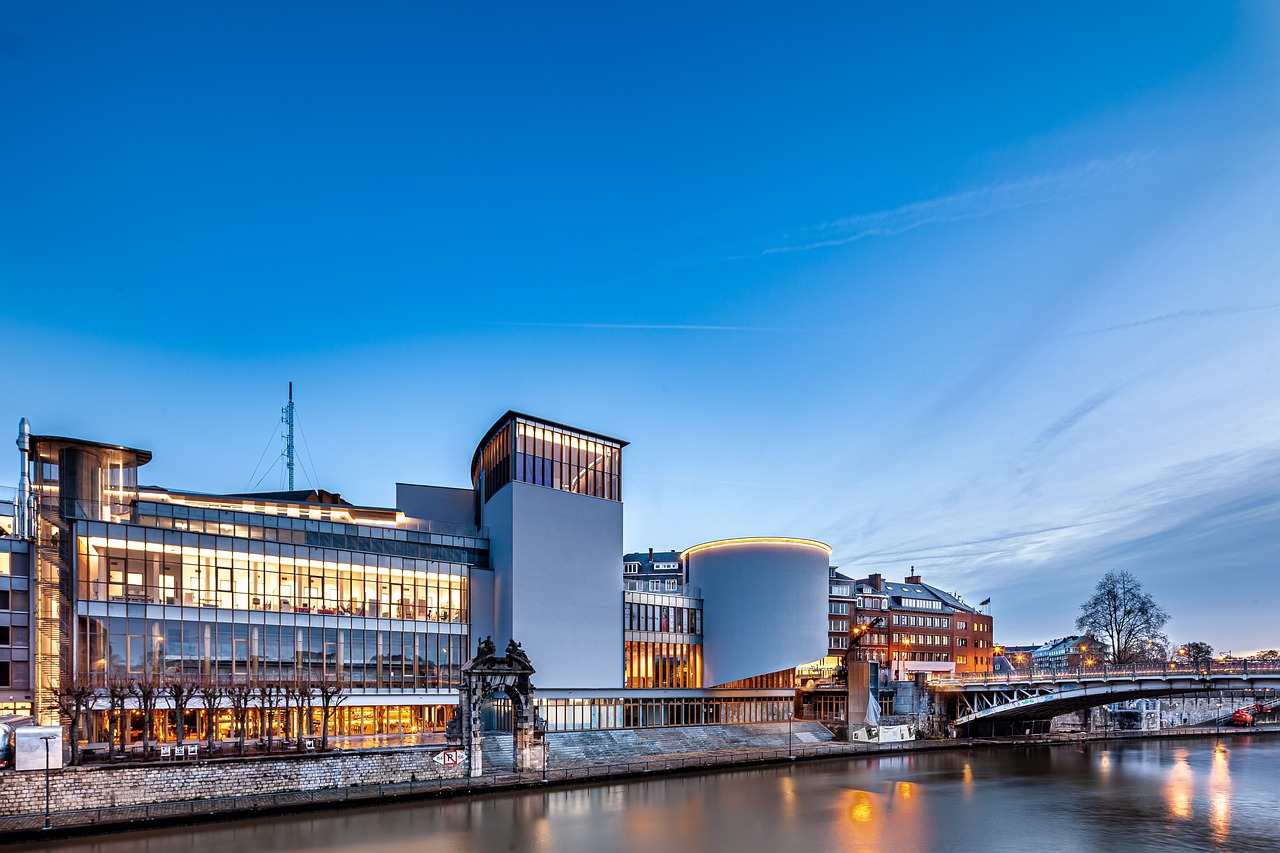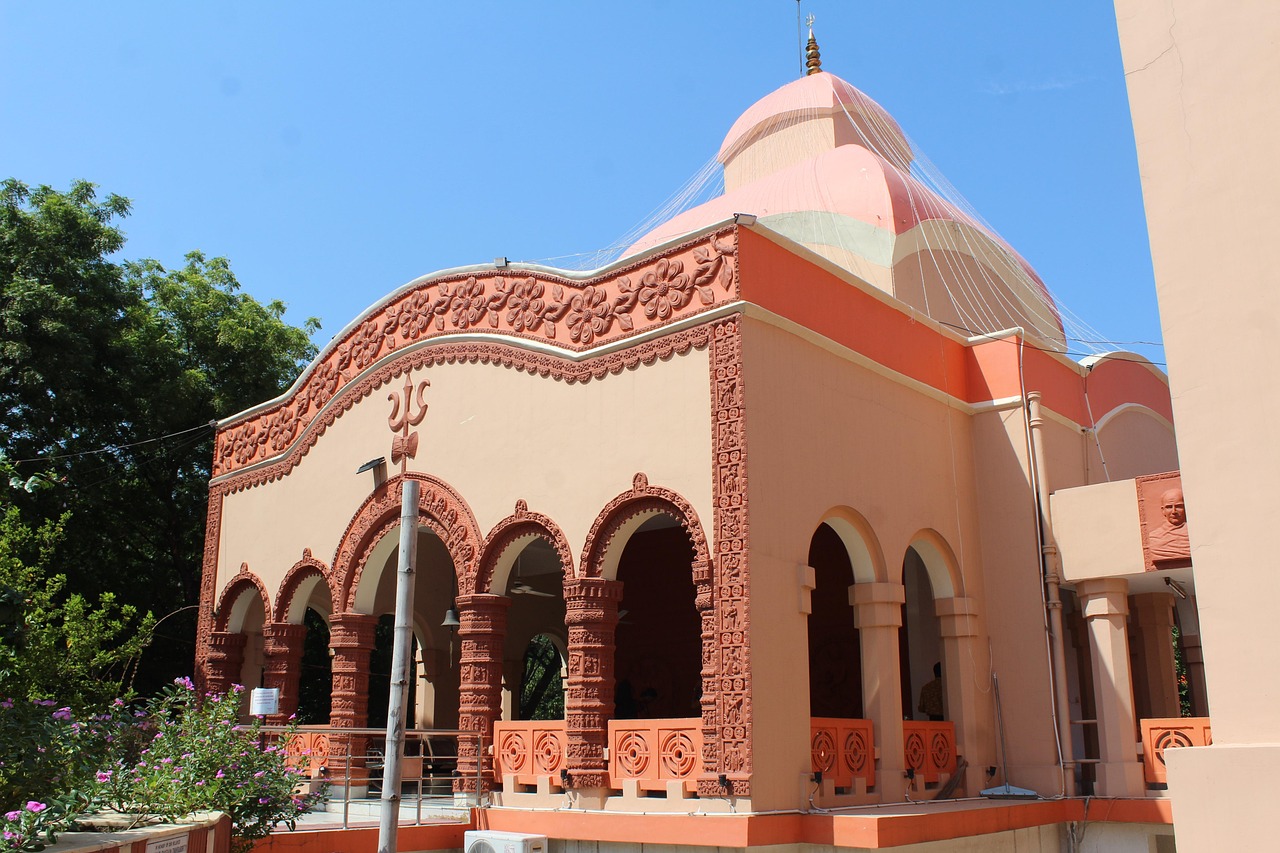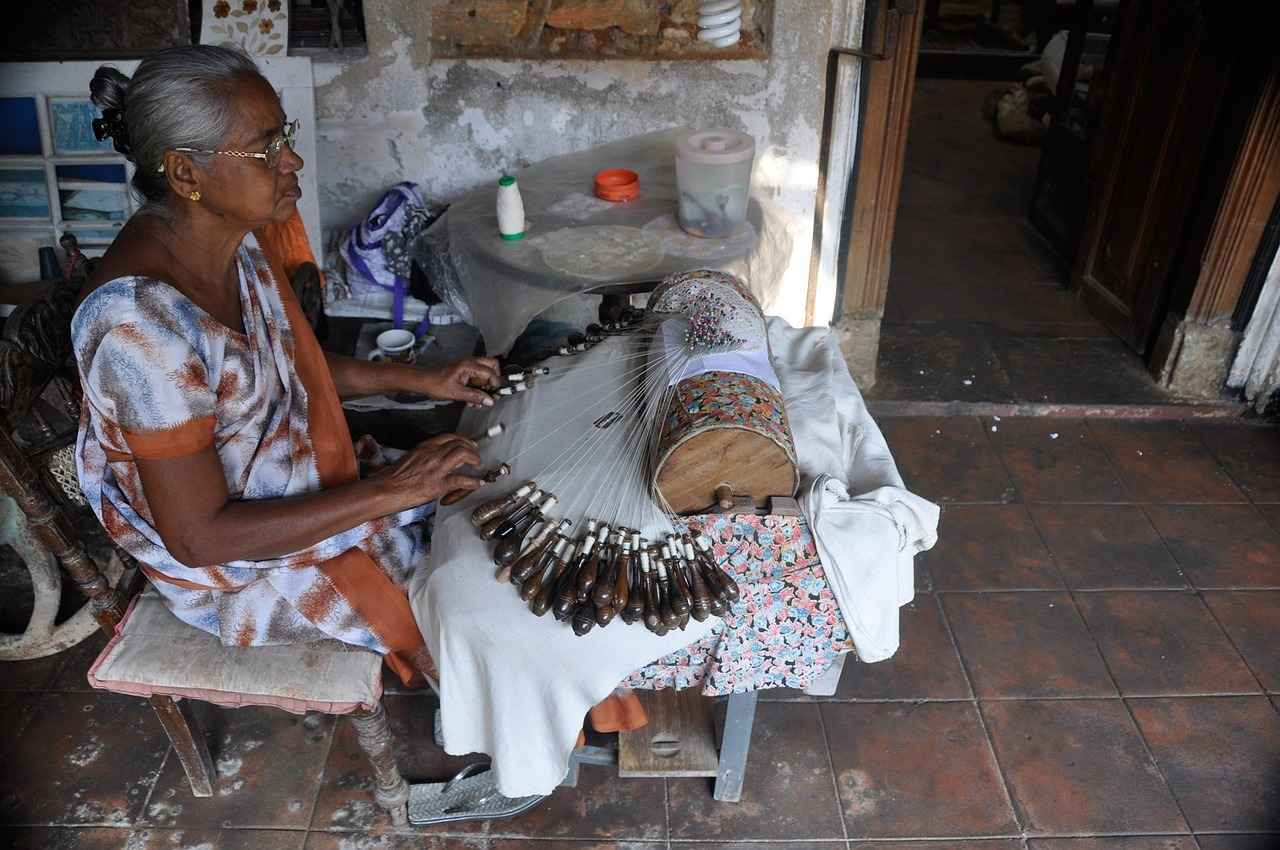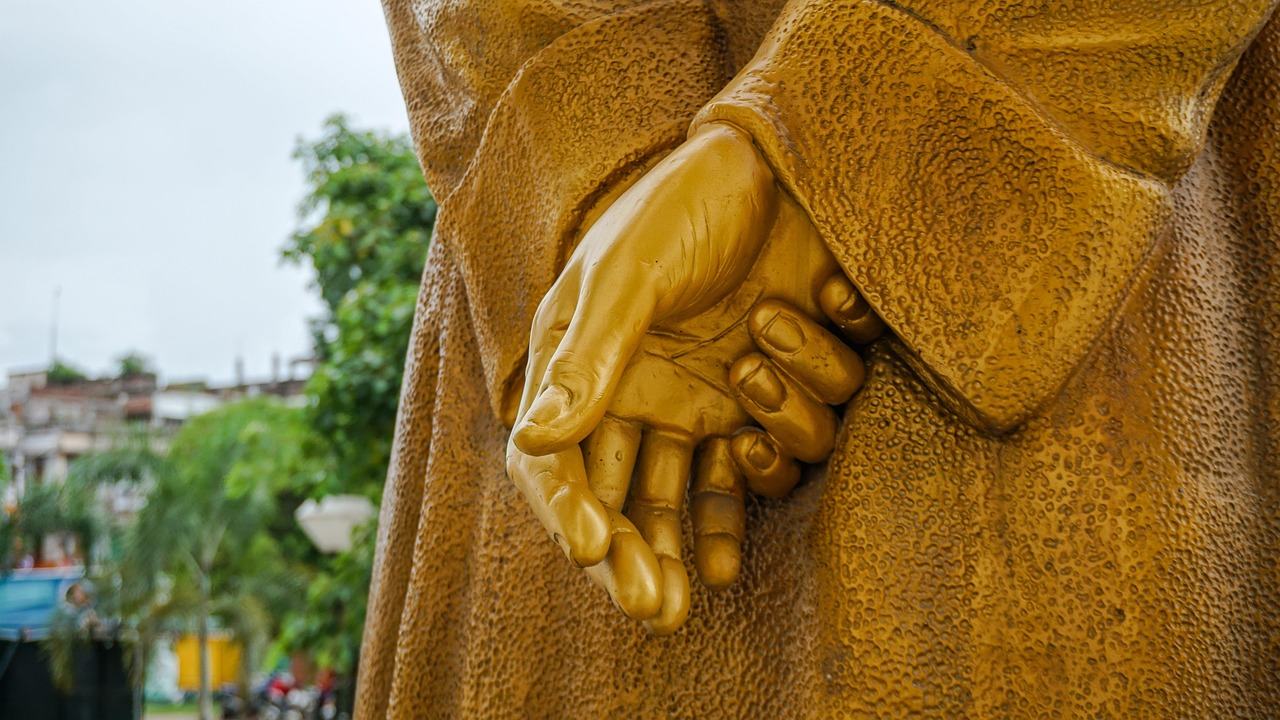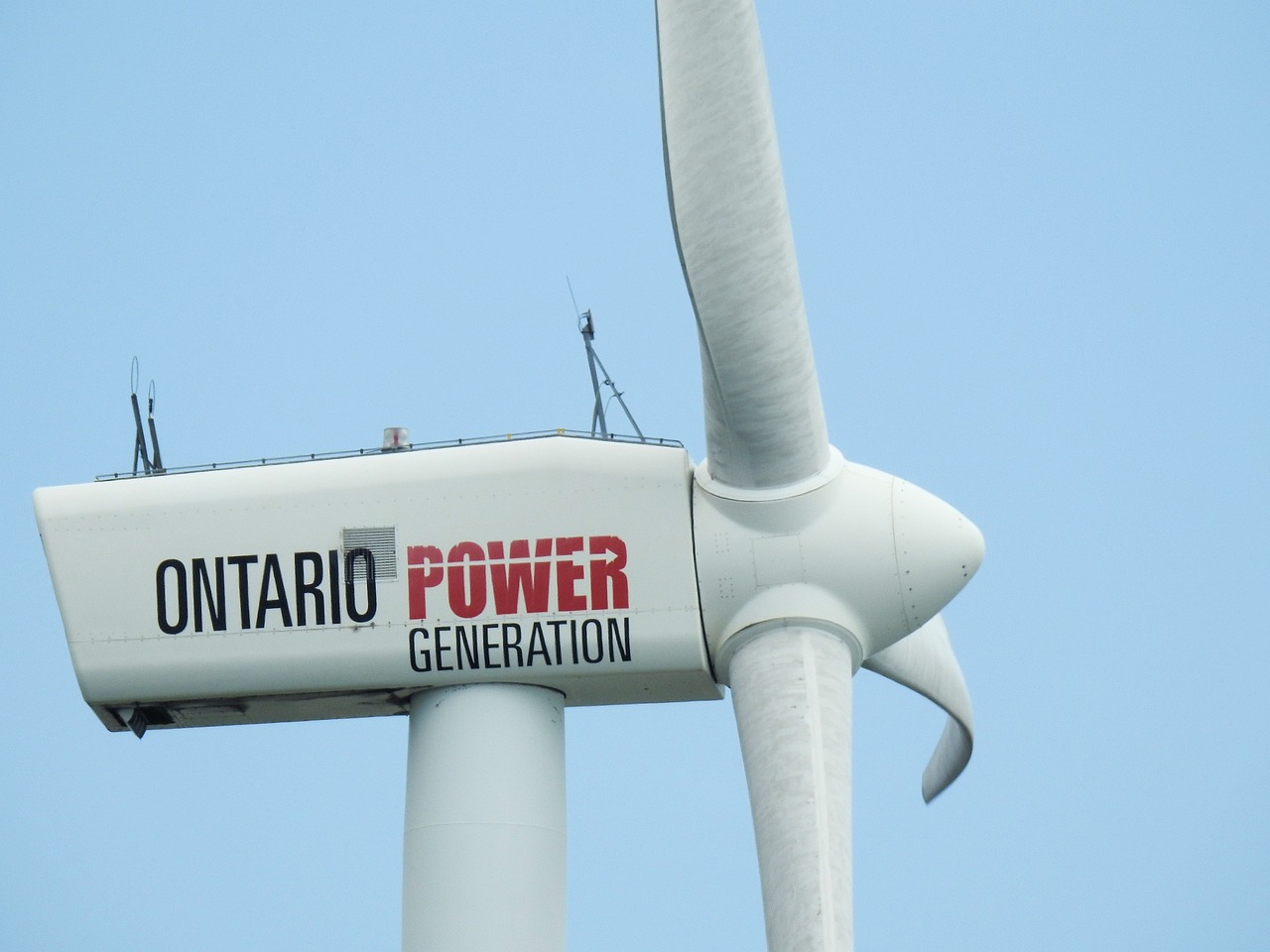This article delves into the leadership of Mamata Banerjee, the Chief Minister of West Bengal, emphasizing her political journey, policies, achievements, and the significant impact she has made on the state.
Political Journey of Mamata Banerjee
Mamata Banerjee’s political career began with her active participation in student movements during her youth. Over the years, she has emerged as a pivotal figure in West Bengal’s political arena, known for her resilience and determination. Her journey from a grassroots activist to the Chief Minister reflects her deep connection with the people and her commitment to their welfare.
Key Policies Implemented by Mamata Banerjee
Under Mamata’s leadership, several transformative policies have been introduced. These policies primarily focus on social welfare, education, and infrastructure development, all aimed at uplifting marginalized communities.
- Social Welfare Initiatives: Her government has initiated numerous schemes to enhance the quality of life for the underprivileged, including financial assistance and healthcare programs.
- Women Empowerment Programs: Initiatives like Kanyashree provide financial support for education and marriage to girls from economically disadvantaged backgrounds.
- Employment Generation Schemes: Focused on reducing unemployment, her administration has launched various programs to create job opportunities.
Infrastructure Development Projects
Mamata Banerjee has prioritized infrastructure development, resulting in significant improvements in transportation, urban planning, and connectivity across West Bengal, enhancing the overall quality of life.
Achievements of Mamata Banerjee
Her leadership has led to remarkable achievements in various sectors:
- Education Sector Reforms: Enhancements in access to quality education have led to an increase in the number of schools and colleges.
- Healthcare Improvements: Public health facilities have seen substantial upgrades, making healthcare more accessible to the general populace.
Challenges Faced During Her Tenure
Despite her successes, Mamata Banerjee has encountered numerous challenges, including political opposition and economic hurdles, which require adept management in a diverse state like West Bengal.
Public Perception and Criticism
Her leadership has received mixed reviews, with many citizens praising her grassroots approach while critics from opposition parties highlight concerns about governance and law enforcement.
The Future of Mamata Banerjee’s Leadership
Looking ahead, Mamata Banerjee’s leadership will be crucial in addressing ongoing challenges and implementing sustainable development strategies to shape the future of West Bengal.

Political Journey of Mamata Banerjee
Mamata Banerjee’s political journey is a testament to her resilience and dedication to the people of West Bengal. Her early involvement in student activism during her college years laid the groundwork for her future political career. She began her activism by championing the rights of students and marginalized communities, which earned her recognition and respect among her peers.
In 1984, she joined the Indian National Congress, where she quickly rose through the ranks due to her strong leadership skills and commitment to social justice. Her ability to connect with the grassroots level helped her gain a significant following. In 1990, she became the youngest Minister in West Bengal’s cabinet, showcasing her capability to handle significant responsibilities at a young age.
However, her political journey was not without challenges. After a fallout with the Congress party, she founded the Trinamool Congress (TMC) in 1998. This marked a pivotal moment in her career, as she positioned TMC as a formidable alternative to the Left Front, which had been in power for over three decades. Her charisma and unwavering determination resonated with the people, leading to a significant electoral victory in the 2011 West Bengal Legislative Assembly elections.
As the Chief Minister, Mamata Banerjee has focused on various initiatives aimed at improving the lives of the citizens. Her policies have emphasized social welfare, education, and infrastructure development. She has also been a vocal advocate for women’s rights and empowerment, launching programs that provide financial support for education and healthcare.
In conclusion, Mamata Banerjee’s rise in politics is characterized by her commitment to the people of West Bengal and her ability to navigate the complex political landscape. Her journey from a student activist to the Chief Minister exemplifies her dedication to social justice and development, making her a significant figure in Indian politics.

Key Policies Implemented by Mamata Banerjee
Under the dynamic leadership of Mamata Banerjee, the Chief Minister of West Bengal, a series of transformative policies have been introduced. These initiatives are primarily aimed at enhancing social welfare, improving education, and advancing infrastructure development. The overarching goal is to uplift the marginalized sections of society, ensuring that no one is left behind in the state’s progress.
One of the hallmark features of her administration is the emphasis on social welfare initiatives. Programs such as Kanyashree provide essential financial support for the education and marriage of girls from economically weaker backgrounds, directly addressing gender disparities and promoting women’s empowerment. Additionally, the government has launched healthcare schemes that offer free medical treatment to underprivileged families, thereby improving overall health outcomes.
In the realm of education, Mamata Banerjee’s government has made significant strides. The introduction of the Shikshashree scheme, aimed at providing scholarships to students from disadvantaged communities, has increased access to quality education. Furthermore, the establishment of new schools and colleges across rural areas has been pivotal in bridging the educational gap.
Infrastructure development has also been a key focus area. The administration has undertaken various projects to enhance transportation and connectivity within the state. Major road and bridge constructions have improved access to remote areas, facilitating economic growth and development. The investment in public transportation systems has also made commuting easier for the citizens.
In summary, Mamata Banerjee’s leadership has introduced a comprehensive suite of policies that address critical areas of social welfare, education, and infrastructure. These initiatives not only aim to uplift marginalized communities but also strive to foster a more equitable society. As her administration continues to evolve, the impact of these policies will be crucial in shaping the future of West Bengal.
Social Welfare Initiatives
Under the leadership of Chief Minister Mamata Banerjee, West Bengal has seen a significant transformation through various social welfare initiatives aimed at uplifting the underprivileged sections of society. These programs have been meticulously designed to address the multifaceted challenges faced by marginalized communities, ensuring that they have access to essential resources and opportunities.
- Financial Aid Programs: The government has introduced several financial aid schemes that provide direct monetary support to low-income families. These initiatives help in meeting basic needs such as food, education, and housing, thereby improving their overall quality of life.
- Healthcare Programs: Mamata’s administration has prioritized healthcare accessibility by launching various health schemes. These programs include free medical treatment, health insurance for the poor, and mobile health units that reach remote areas, ensuring that healthcare is not a privilege but a right for all.
- Educational Support: Initiatives like Kanyashree aim to empower young girls by providing financial assistance for education and marriage. This program not only helps in reducing dropout rates but also encourages families to invest in their daughters’ futures.
- Social Security Schemes: The government has implemented pension schemes for the elderly, widows, and persons with disabilities, ensuring that vulnerable populations receive regular financial support to sustain their livelihoods.
The comprehensive approach taken by Mamata Banerjee’s government reflects a commitment to social justice and equality. By addressing the immediate needs of the underprivileged while also focusing on long-term development, these social welfare initiatives are paving the way for a more equitable society in West Bengal.
As the state continues to evolve, the impact of these programs will be crucial in shaping the future of its citizens, fostering an environment where everyone has the opportunity to thrive.
Women Empowerment Programs
Under the leadership of Chief Minister Mamata Banerjee, West Bengal has witnessed a significant shift in the approach towards women’s empowerment. The government’s commitment is evident through various innovative initiatives aimed at uplifting women from marginalized communities. One of the flagship programs, Kanyashree, stands out as a transformative initiative designed to support girls from economically disadvantaged backgrounds.
Kanyashree provides financial assistance to girls to ensure they receive quality education and can marry at an appropriate age. The program not only addresses the financial barriers that prevent girls from pursuing their educational aspirations but also aims to reduce child marriage rates by incentivizing education. This initiative has successfully reached thousands of beneficiaries, empowering them to aspire for a better future.
Moreover, the government has introduced several other programs that complement Kanyashree, including:
- Shikshashree: This initiative focuses on providing scholarships to students from minority communities to encourage them to continue their education.
- Rupashree: Aimed at supporting the marriage of young women, this scheme provides financial aid to families, thereby reducing the burden of dowries and promoting higher education.
- Women’s Self-Help Groups (SHGs): The government promotes SHGs to empower women economically, enabling them to start small businesses and become financially independent.
These programs illustrate a holistic approach to women’s empowerment, addressing both educational and economic aspects. By prioritizing women’s rights and providing necessary resources, Mamata Banerjee’s administration is paving the way for a more equitable society.
In conclusion, the emphasis on women’s empowerment through initiatives like Kanyashree not only enhances the social fabric of West Bengal but also sets an example for other states to follow. This commitment to uplifting women is a cornerstone of Mamata Banerjee’s legacy and reflects her vision for a progressive and inclusive society.
Employment Generation Schemes
The government of Mamata Banerjee has made significant strides in addressing the issue of unemployment in West Bengal through a variety of . These initiatives are designed not only to create job opportunities but also to empower individuals with the skills needed to thrive in a competitive job market.
One of the cornerstones of Mamata’s approach is her commitment to skill development. The government has launched programs aimed at equipping the youth with vocational skills that are in demand in various sectors. This includes training in areas such as information technology, hospitality, and manufacturing, which are crucial for fostering a robust workforce.
| Scheme Name | Description | Target Audience |
|---|---|---|
| Self-Employment Scheme | Provides financial assistance and training for starting small businesses. | Unemployed youth and women entrepreneurs. |
| Rural Employment Generation Scheme | Focuses on creating job opportunities in rural areas through various projects. | Rural population and farmers. |
| Urban Employment Scheme | Aims to enhance job opportunities in urban areas through skill development workshops. | Urban youth and marginalized communities. |
In addition to these schemes, the government has partnered with various industries to facilitate job placements for trained individuals. This collaboration ensures that the skills imparted through training programs are aligned with the needs of employers.
Furthermore, the focus on entrepreneurship is evident in the support provided to startups and small businesses. By offering financial incentives and mentorship programs, the government aims to foster a culture of innovation and self-reliance among the youth, which is essential for sustainable economic growth.
In conclusion, the employment generation schemes initiated by Mamata Banerjee’s government are pivotal in addressing unemployment in West Bengal. By focusing on skill development, collaboration with industries, and promoting entrepreneurship, these initiatives not only aim to reduce unemployment rates but also empower individuals to contribute positively to the state’s economy.
Infrastructure Development Projects
have become a cornerstone of Mamata Banerjee’s administration in West Bengal. Her commitment to enhancing the state’s infrastructure has led to remarkable transformations in various sectors, significantly impacting the daily lives of citizens.
One of the primary focuses of Mamata’s government has been on transportation improvements. The introduction of new roads, bridges, and public transport systems has facilitated better connectivity between urban and rural areas. This has not only reduced travel time but has also boosted economic activities by making it easier for goods and services to flow across the state.
- Road Development: Extensive road construction projects have been initiated, enhancing access to remote areas and promoting tourism.
- Public Transport: The expansion of metro rail services in Kolkata and surrounding regions has significantly improved urban mobility.
- Bridging Gaps: New bridges have been constructed over major rivers, connecting previously isolated communities.
In addition to transportation, urban development has received a significant boost under Mamata’s leadership. Initiatives aimed at improving urban infrastructure, such as sewage systems, waste management, and housing projects, have been prioritized. These efforts have transformed the living conditions in many urban areas, making them more sustainable and livable.
Furthermore, Mamata’s government has focused on enhancing digital connectivity. The implementation of digital infrastructure projects has aimed to provide better internet access to rural and urban areas alike, fostering a more connected society. This digital push has enabled citizens to access government services more efficiently and has opened up new avenues for education and employment.
In conclusion, Mamata Banerjee’s emphasis on infrastructure development has led to significant improvements in transportation, urban development, and connectivity within West Bengal. These initiatives not only enhance the quality of life for residents but also play a crucial role in the state’s economic growth and development.

Achievements of Mamata Banerjee
Mamata Banerjee’s leadership has significantly influenced the socio-economic fabric of West Bengal, leading to a myriad of notable achievements across various sectors. Her administration has focused on transformative reforms in education, healthcare, and agriculture, which have collectively contributed to the state’s progress.
One of the cornerstone achievements of her government is in the education sector. Under her leadership, West Bengal has seen a remarkable increase in the number of educational institutions, including schools and colleges. This initiative has not only improved access to education but has also enhanced the quality of learning, ensuring that students receive a well-rounded education. Programs aimed at scholarship distribution and free textbooks have further supported students from economically disadvantaged backgrounds.
In the realm of healthcare, Mamata Banerjee has prioritized the establishment and enhancement of public health facilities. Her government has launched several health schemes aimed at making healthcare more accessible and affordable for the common populace. Initiatives such as the Khadya Sathi Scheme have been instrumental in providing subsidized food grains, thereby addressing issues of food security and nutrition.
Furthermore, her administration has implemented significant agricultural reforms that have empowered farmers and boosted agricultural productivity. By introducing direct benefit transfer schemes and providing financial assistance for crop production, Mamata Banerjee has aimed to uplift the farming community, ensuring that they receive fair compensation for their produce.
In conclusion, Mamata Banerjee’s leadership has led to transformative changes in West Bengal, fostering advancements in education, healthcare, and agriculture. These achievements have not only improved the quality of life for many but have also laid the groundwork for sustainable development in the state.
Education Sector Reforms
Under the dynamic leadership of Mamata Banerjee, the education sector in West Bengal has undergone significant transformations. Her administration has prioritized access to quality education, ensuring that students from all backgrounds can benefit from enhanced learning opportunities.
One of the most notable achievements has been the substantial increase in the number of schools and colleges across the state. This expansion has not only improved enrollment rates but has also contributed to a more equitable education system. The government has focused on establishing institutions in rural and underserved areas, thereby reducing the educational divide.
- Infrastructure Development: New schools are equipped with modern facilities, including libraries, laboratories, and technology-enabled classrooms, fostering an environment conducive to learning.
- Teacher Training Programs: The administration has initiated comprehensive training programs for teachers, ensuring they are well-equipped with the latest pedagogical methods and technologies.
- Scholarship Initiatives: Various scholarships and financial aid programs have been introduced, particularly aimed at supporting students from economically disadvantaged backgrounds, ensuring that financial constraints do not hinder educational pursuits.
Mamata Banerjee’s government has also emphasized the importance of digital education. With the integration of technology in classrooms, students are now exposed to a wide range of learning resources, enabling them to thrive in an increasingly digital world. This initiative has been particularly beneficial during the COVID-19 pandemic, where online learning became essential.
Moreover, the administration has actively engaged with parents and communities to foster a collaborative approach to education. Regular meetings and feedback sessions have been instituted, allowing stakeholders to voice their concerns and suggestions, which in turn helps in tailoring educational policies to better meet local needs.
In conclusion, the education sector reforms implemented by Mamata Banerjee have laid a robust foundation for the future of West Bengal’s youth. By enhancing access to quality education and focusing on inclusive growth, her administration is steering the state towards a brighter educational landscape.
Healthcare Improvements
Healthcare Improvements in West Bengal Under Mamata Banerjee
West Bengal’s Chief Minister, Mamata Banerjee, has made significant strides in the healthcare sector, focusing on enhancing public health facilities and ensuring that healthcare services are accessible to all citizens. This commitment to healthcare reform has led to numerous initiatives aimed at improving the overall health and well-being of the population.
- Expansion of Healthcare Facilities: The government has invested in upgrading existing hospitals and clinics, ensuring they are equipped with modern medical technology and sufficient staff to handle patient needs.
- Introduction of Health Schemes: Various schemes have been launched, such as the Swasti Sathi program, which provides health insurance to families, allowing them to access private healthcare services without financial burden.
- Focus on Preventive Healthcare: Mamata’s administration emphasizes preventive measures, including vaccination drives and health awareness campaigns, to reduce the incidence of diseases.
- Telemedicine Initiatives: In response to the growing need for remote healthcare services, telemedicine programs have been introduced, enabling patients to consult doctors from the comfort of their homes.
These initiatives are part of a broader strategy to ensure that healthcare is not just a privilege for the few but a right for all citizens of West Bengal. The government’s focus on making healthcare services more accessible has particularly benefited marginalized communities, who often face barriers to receiving adequate medical attention.
In conclusion, Mamata Banerjee’s leadership has ushered in a new era for healthcare in West Bengal, marked by significant improvements in public health facilities and innovative schemes that prioritize the needs of the common people. Her commitment to healthcare is a testament to her vision of a healthier and more equitable society.

Challenges Faced During Her Tenure
Throughout her tenure as the Chief Minister of West Bengal, Mamata Banerjee has encountered a myriad of challenges that have tested her leadership and resilience. Despite her numerous achievements, these obstacles have often overshadowed her efforts and shaped the political landscape of the state.
- Political Opposition: Mamata has faced significant resistance from opposition parties, which have frequently criticized her policies and governance style. This political rivalry has led to a polarized environment, making it difficult for her administration to implement reforms smoothly.
- Economic Issues: West Bengal has grappled with economic challenges, including high unemployment rates and slow industrial growth. Mamata’s government has had to devise strategies to stimulate the economy while addressing the needs of the marginalized populations.
- Public Expectations: Managing the diverse expectations of the populace has been a daunting task. With a state as varied as West Bengal, balancing the demands of different communities and regions has posed a significant challenge.
- Administrative Efficiency: Critics have pointed out issues related to bureaucratic inefficiencies and corruption within the administration. This has raised questions about the effectiveness of her governance and the delivery of public services.
- Law and Order: Maintaining law and order has also been a critical challenge, with instances of violence and unrest in certain areas. The government’s response to these situations has often been scrutinized, impacting public confidence.
In conclusion, while Mamata Banerjee has made substantial contributions to the development of West Bengal, her leadership has been marked by significant hurdles. Addressing these challenges will be crucial for her continued success and for the future of the state.

Public Perception and Criticism
Mamata Banerjee’s leadership has been a topic of extensive discussion and debate among the citizens of West Bengal. Her governance style has drawn both commendation and scrutiny, reflecting the complex nature of her political journey.
Many of her supporters praise her for her grassroots approach and dedication to social justice. They highlight her efforts in implementing various welfare schemes that have significantly improved the lives of marginalized communities. For instance, initiatives such as the Kanyashree project have empowered young girls by providing financial assistance for education and marriage, which has been widely appreciated by many families across the state.
However, her tenure has not been without challenges. Critics, particularly from opposition parties, often point to issues such as corruption and administrative inefficiencies. They argue that despite her numerous social welfare initiatives, there are significant gaps in the implementation of these programs. Some citizens express concerns over the handling of law and order situations, citing instances of violence and unrest that have occurred during her administration.
The perception of Mamata’s leadership is also influenced by her responses to crises. For example, her management of the COVID-19 pandemic faced criticism regarding the adequacy of healthcare resources and timely response measures. Many felt that her government could have done more to ensure the safety and well-being of the public during such unprecedented times.
In summary, while Mamata Banerjee’s leadership has garnered a loyal following due to her commitment to social equality and development, it is also met with substantial criticism that highlights the challenges faced during her tenure. This duality in public perception underscores the complexities of governance in a diverse and dynamic state like West Bengal.
Support from the Masses
Mamata Banerjee, the Chief Minister of West Bengal, has garnered significant support from various segments of the population. Her leadership style resonates with many citizens, who appreciate her grassroots approach and unwavering commitment to social justice and development. This support is not merely a product of her political affiliations but stems from her tangible efforts to address the needs and concerns of the common people.
One of the key factors contributing to her popularity is her ability to connect with the populace on a personal level. Banerjee often engages in direct dialogue with citizens, listening to their grievances and taking action to resolve them. This accessible leadership has fostered a sense of trust and loyalty among her supporters, who feel that their voices are heard and valued.
- Grassroots Initiatives: Mamata has launched numerous programs aimed at uplifting marginalized communities. Her initiatives, such as the Kanyashree scheme, which supports girls’ education and marriage, have made a profound impact on the lives of many.
- Community Engagement: Regular interactions with citizens through public meetings and social media have allowed her to maintain a pulse on the state’s issues, thereby enhancing her relatability.
- Focus on Development: Her administration’s emphasis on infrastructure improvements and social welfare programs has been well-received, as many citizens have directly benefited from these initiatives.
Despite facing criticism from opposition parties regarding various governance issues, Banerjee’s grassroots approach has solidified her position in the hearts of many West Bengal residents. Her ability to navigate complex political landscapes while remaining focused on the welfare of the people is a testament to her leadership.
In conclusion, Mamata Banerjee’s leadership is characterized by her strong connection with the masses, her commitment to social justice, and her proactive measures to foster development. As she continues her tenure, the support from the masses will play a crucial role in shaping the future of West Bengal.
Critiques from Opposition Parties
Throughout her tenure as Chief Minister of West Bengal, Mamata Banerjee has faced significant scrutiny from opposition parties. These critiques often center around several key issues that they argue undermine her governance and effectiveness.
One of the most prominent criticisms is the allegation of corruption. Opposition leaders frequently point to various scandals that have emerged during her administration, claiming that they reflect a deeper culture of corruption within her government. They argue that this not only affects the integrity of her leadership but also erodes public trust in the political system.
Additionally, administrative inefficiencies have been highlighted as a major concern. Critics argue that her government has struggled to implement policies effectively, leading to delays in infrastructure projects and social welfare initiatives. This inefficiency is often attributed to a lack of coordination among various government departments, resulting in missed opportunities for development.
Another area of contention is her handling of law and order situations. Opposition parties have accused her government of failing to maintain public safety, citing instances of violence and unrest that have occurred under her watch. They argue that her administration’s response to these incidents has been inadequate, leading to a perception of instability in the state.
In summary, while Mamata Banerjee has her supporters who praise her grassroots initiatives and commitment to social welfare, the critiques from opposition parties highlight significant challenges she faces in governance. These criticisms revolve around corruption, administrative inefficiencies, and law and order issues, which they argue must be addressed to strengthen her leadership and restore public confidence.

The Future of Mamata Banerjee’s Leadership
As West Bengal navigates through a complex socio-political landscape, Mamata Banerjee’s leadership is set to play a crucial role in determining the state’s trajectory. Her approach will be essential in addressing persistent challenges while also focusing on sustainable development strategies that align with the aspirations of the people.
One of the most pressing challenges facing her administration is the need for economic revitalization. With various sectors still recovering from the impacts of the pandemic, Banerjee’s government will need to implement policies that stimulate growth and create job opportunities. This includes investing in infrastructure projects that can enhance connectivity and accessibility, thereby attracting both domestic and foreign investments.
Additionally, education and skill development will be pivotal in her future plans. By focusing on enhancing the quality of education and promoting vocational training, Mamata aims to equip the youth of West Bengal with the necessary skills to thrive in a competitive job market. This strategy not only addresses unemployment but also fosters a culture of innovation and entrepreneurship.
Furthermore, her administration must prioritize environmental sustainability. As climate change poses significant threats, initiatives aimed at promoting green energy and sustainable agricultural practices will be crucial. By integrating eco-friendly policies, Banerjee can position West Bengal as a leader in sustainable development.
In conclusion, Mamata Banerjee’s leadership is poised to be a defining factor in West Bengal’s future. By addressing economic, educational, and environmental challenges with innovative strategies, she can ensure a brighter and more sustainable future for the state.
Frequently Asked Questions
- What are the key achievements of Mamata Banerjee’s leadership?
Mamata Banerjee has made significant strides in education, healthcare, and social welfare. Her initiatives have led to increased access to quality education, improved public health facilities, and various social welfare schemes aimed at uplifting the marginalized.
- How has Mamata Banerjee empowered women in West Bengal?
Through programs like Kanyashree, Mamata’s government provides financial support for education and marriage to girls from economically disadvantaged backgrounds, aiming to enhance women’s empowerment and promote gender equality.
- What challenges has Mamata Banerjee faced during her tenure?
Despite her successes, Mamata has encountered political opposition, economic issues, and the complexities of managing public expectations in a diverse state, which have posed significant challenges to her leadership.
- How do the citizens perceive Mamata Banerjee’s governance?
Public perception is mixed; many citizens appreciate her grassroots approach and commitment to social justice, while critics from opposition parties often highlight concerns about corruption and administrative inefficiencies.
- What future plans does Mamata Banerjee have for West Bengal?
Looking ahead, Mamata aims to continue addressing ongoing challenges and implement sustainable development strategies that will shape a brighter future for West Bengal.







